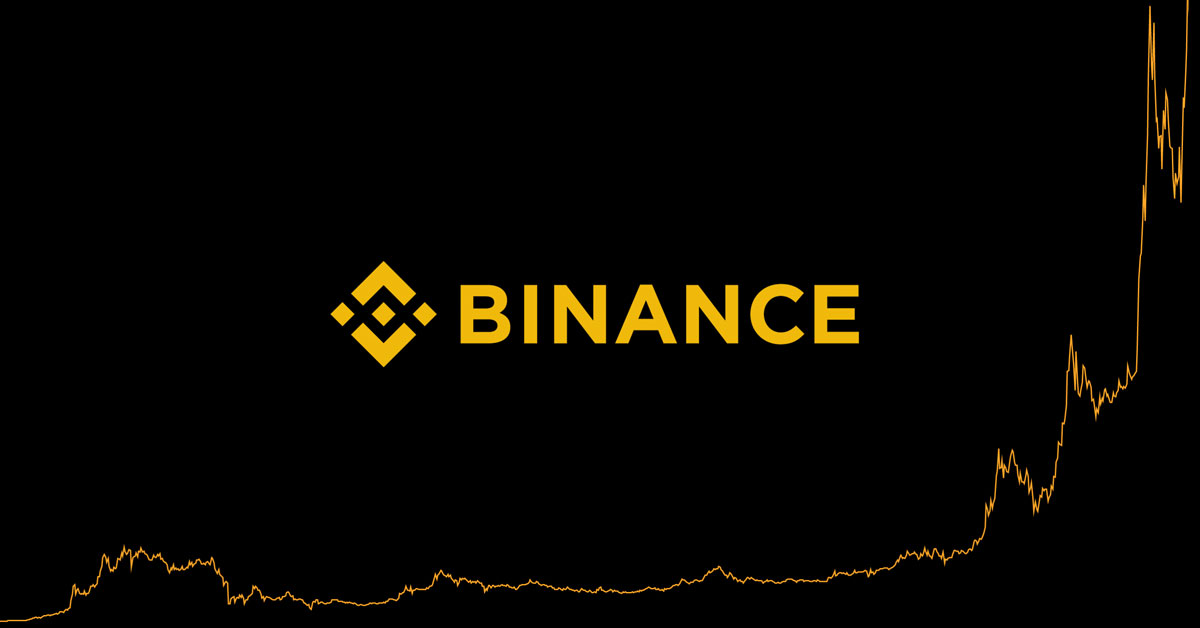The cryptocurrency market is no stranger to volatility, with prices of digital assets often experiencing rapid fluctuations. However, when certain tokens see significant price drops, exchanges—particularly Binance, the world’s largest crypto trading platform—often find themselves at the center of criticism. Recently, Binance has faced backlash from traders and investors who blame the exchange for the price declines of tokens such as ACT (Achain), TST (TokenStars), and others.
In response, Binance co-founder Yi He has addressed these accusations, clarifying the exchange’s role in market movements and defending its policies. This article explores the controversy, Yi He’s statements, and whether Binance is truly responsible for these price drops or if other market factors are at play.
Understanding the Accusations Against Binance
Why Are Traders Blaming Binance?
When a token listed on Binance experiences a sharp decline, critics often point fingers at the exchange for several reasons:
- Delisting Concerns – Binance periodically reviews projects and delists those that fail to meet its standards. The mere rumor of a potential delisting can trigger panic selling.
- Liquidity and Market Manipulation – Some traders accuse Binance of allowing wash trading or failing to prevent large-scale dumps by whales.
- Token Unlocks and Sell-Offs – Many projects have vesting schedules where early investors or team members unlock tokens over time. When these tokens hit the market, prices can plummet.
- Leverage and Liquidations – High leverage trading on Binance can exacerbate price swings, leading to cascading liquidations that drive prices down further.
In the cases of ACT and TST, traders have claimed that Binance’s policies (or lack thereof) contributed to their declines. However, Yi He argues that these accusations overlook broader market dynamics.
Yi He’s Response: Defending Binance’s Role
Yi He, one of Binance’s most prominent executives, has publicly addressed these concerns in interviews and social media posts. Her key points include:
1. Binance Does Not Control Token Prices
Yi He emphasized that Binance is merely a trading platform and does not dictate the value of listed assets. Prices are determined by supply and demand, influenced by factors such as:
- Macroeconomic conditions (e.g., Bitcoin’s price movements, regulatory news)
- Project fundamentals (e.g., development progress, partnerships)
- Market sentiment (e.g., fear, greed, speculation)
She stated:
“Binance provides a marketplace for traders, but we do not set prices. If a token’s price drops, it’s usually due to broader market conditions or project-specific issues—not because of Binance.”
2. Delistings Are Based on Clear Criteria
Binance has a strict review process for listed tokens, evaluating factors like:
- Trading volume and liquidity
- Commitment to development
- Responsiveness to compliance requests
If a project fails to meet these standards, Binance may delist it to protect users. Yi He clarified that delistings are not arbitrary and that the exchange gives projects opportunities to improve before taking action.
3. Large Sell-Offs Are Often Due to Tokenomics, Not Binance
Many tokens that experience sudden drops have vesting schedules or unlock events where early investors or team members sell their holdings. For example:
- ACT (Achain) faced selling pressure due to unlocks from private sale participants.
- TST (TokenStars) saw declines after large holders exited their positions.
Yi He pointed out that these sell-offs would happen on any exchange, not just Binance.
4. Binance Implements Measures to Protect Users
To mitigate extreme volatility, Binance has introduced:
- Circuit breakers (temporary trading halts during extreme moves)
- Leverage adjustments (reducing max leverage to prevent excessive liquidations)
- Market surveillance (monitoring for wash trading and manipulation)
Despite these safeguards, traders sometimes blame Binance when their positions go against them.
Case Studies: ACT, TST, and Other Tokens
1. ACT (Achain) – Why Did It Drop?
- Private Sale Unlocks: Early investors began selling their tokens upon vesting.
- Low Liquidity: Thin order books amplified price swings.
- Project Stagnation: Achain’s development progress slowed, reducing investor confidence.
Was Binance Responsible? No—these were project-specific issues.
2. TST (TokenStars) – What Happened?
- Team and Advisor Sell-Offs: Insiders sold large amounts of TST.
- Declining User Engagement: The platform’s activity decreased over time.
- Market-Wide Downturn: Many altcoins fell alongside Bitcoin’s corrections.
Was Binance Responsible? No—the sell-off was driven by internal factors.
3. Other Tokens Facing Similar Criticism
- SRM (Serum): FTX’s collapse impacted its ecosystem.
- FTT (FTX Token): Obviously tied to exchange insolvency, not Binance.
- Small-Cap Altcoins: Many suffer from low liquidity, making them prone to volatility.
The Bigger Picture: Should Exchanges Be Blamed for Price Drops?
While it’s easy to blame exchanges like Binance for token declines, the reality is more nuanced:
✅ Exchanges provide liquidity but don’t control prices.
✅ Tokenomics (unlocks, vesting) play a huge role in price action.
✅ Market cycles (bull runs vs. bear markets) impact all cryptocurrencies.
✅ Traders should DYOR (Do Your Own Research) before investing.
Yi He’s stance is clear: Binance is committed to fair markets, but traders must understand the risks of crypto investing.
Conclusion: Binance Is a Marketplace, Not a Market Maker
The criticism against Binance for token price drops like ACT and TST often stems from frustration rather than factual analysis. While the exchange has policies to ensure fair trading, it cannot prevent market-wide sell-offs or project-specific failures.
Yi He’s response serves as a reminder that crypto investing carries inherent risks, and blaming an exchange for price movements ignores the complex factors driving the market. Traders should focus on fundamental analysis, risk management, and diversification rather than looking for scapegoats when prices fall.
